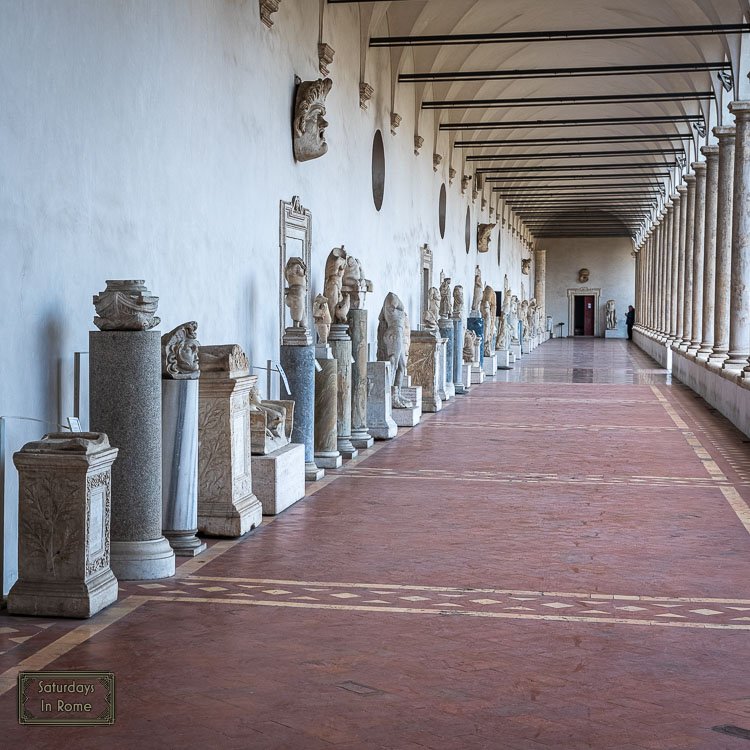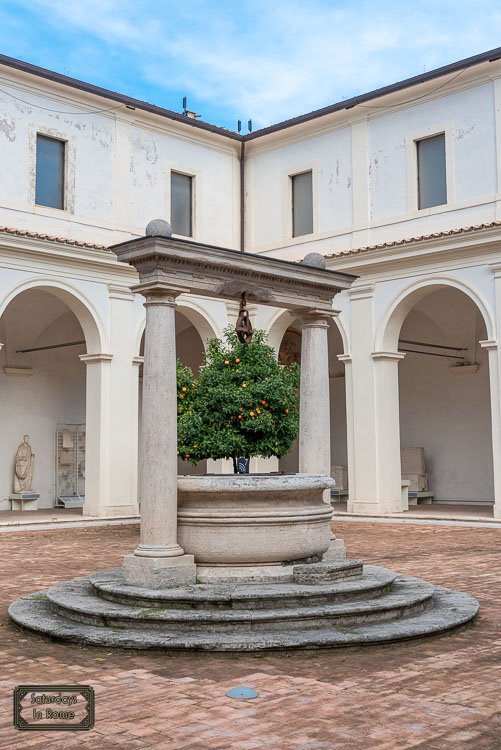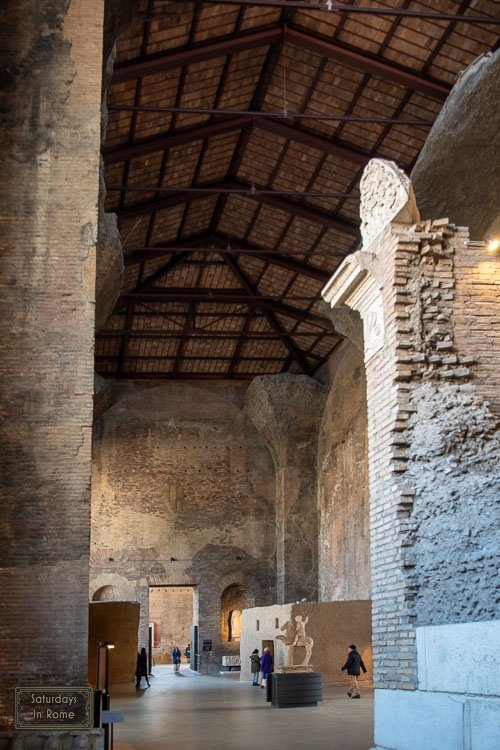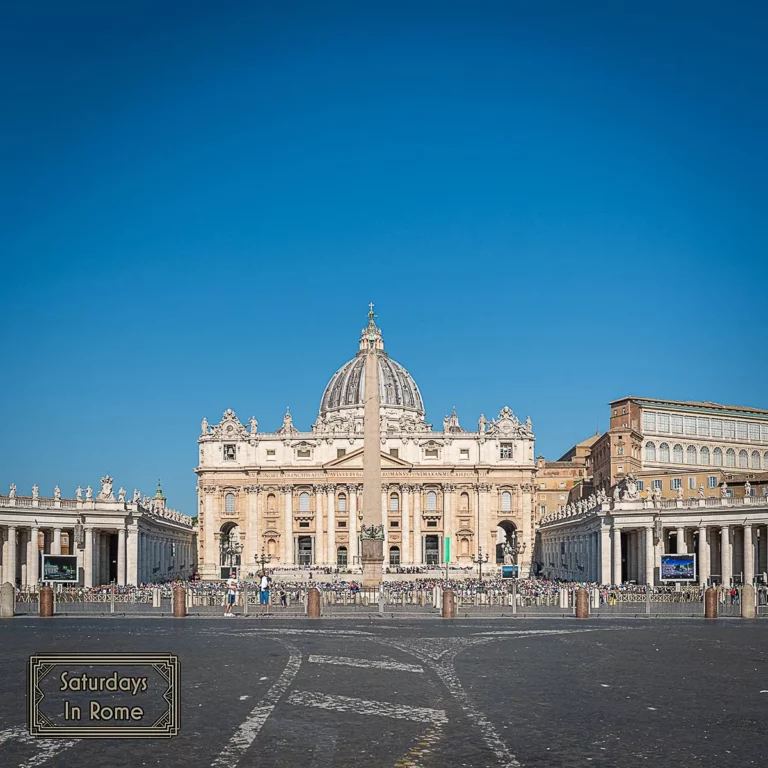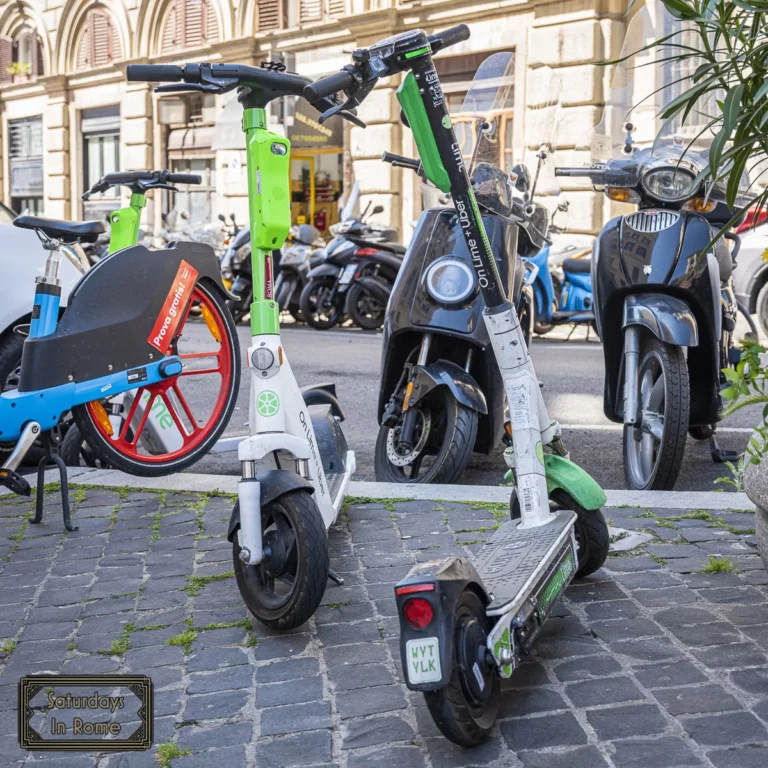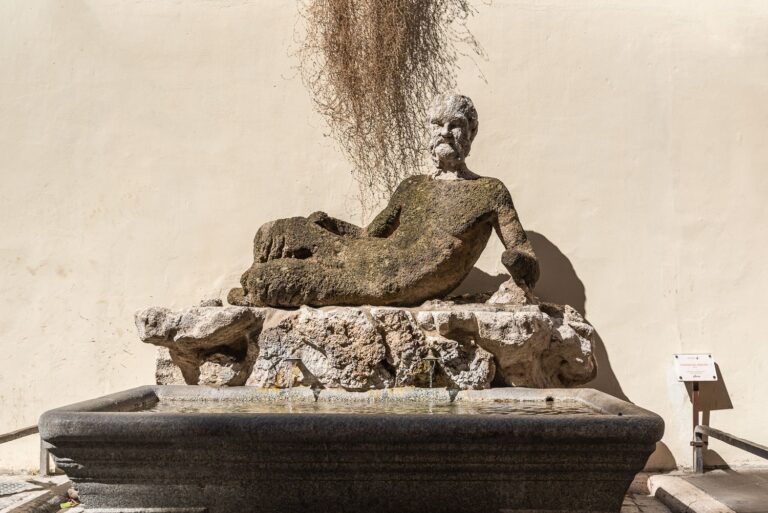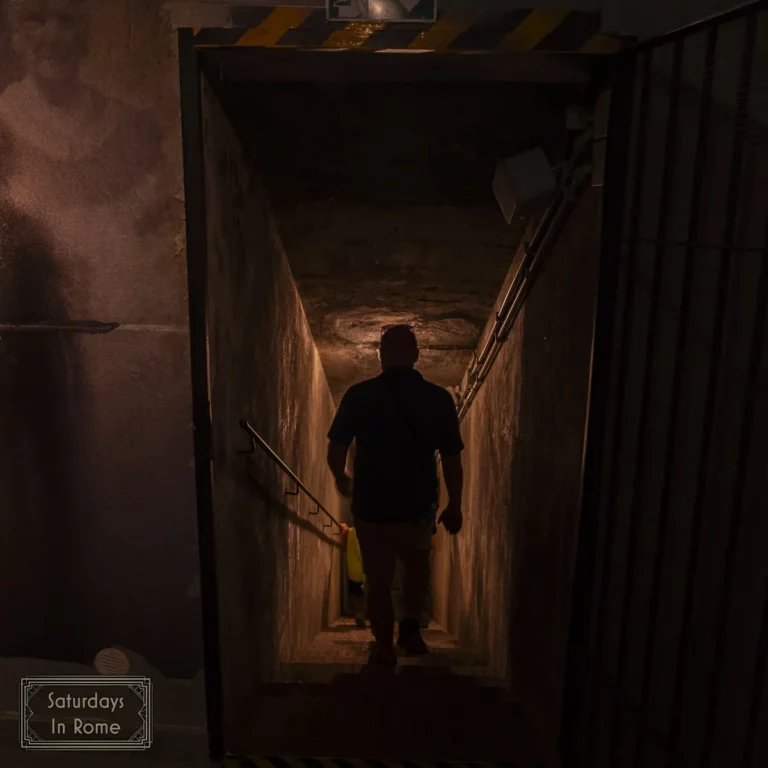The Thermal Baths Of Diocletian In Rome Shouldn’t Be Missed
The Thermal Baths of Diocletian in Rome, Italy is a complex of public baths that were built in 298 AD and continued to be in use more than 200 years later.
Tomb with Bas Relief
What Are The Thermal Baths Of Diocletian?
The Thermal Baths of Diocletian (Terme di Diocleziano) is a complex of Roman public baths that were built in Rome around 300 AD and continued to be in use until around 537 AD when the Ostrogoths cut off the aqueducts that fed the city of Rome in preparation for an attack. The architecture of the baths, and in particular the frigidarium, was influential and had a significant impact on many other buildings, like Pennsylvania Station in New York City and Chicago’s Union Station. The construction of the Baths of Diocletian were influenced by the earlier construction of Caracalla, one of the ancient Roman baths in Rome.
Need Help Planning?
- Cheap Flights: Find The Most Affordable Flights.
- Accommodations: From 1 to 5 Stars And More.
- Car Rentals: Affordable Travel Across Italy.
- Sightseeing Tours: Explore Some Amazing Tours.
- Buying An eSIM: Stay Connected In Italy.
This post includes affiliate links.
The baths are located just outside of Termini Station, between the Piazza dei Cinquecento and the Piazza della Repubblica. This is also the northeast summit of the Viminal Hill, which is one of the 7 hills of Rome. The Baths had their water supplied by one of the longest of the eleven aqueducts of Rome, Aqua Marcia. This aqueduct was more than 50 miles long (91 km).
Who Built The Thermal Baths Of Diocletian?
The baths were commissioned by Emperor Maximian, who was co-emperor with Diocletian. The baths were built to honor Diocletian when he returned from a successful military campaign in Africa. As mentioned, the baths were in use for more that 200 years, but were run dry when the Goths cut off the water to the city in preparation for for the Siege of Rome.
Garden
Who Is Diocletian?
Diocletian was a Roman Emperor from 284 until he abdicated his position in 305 AD. He was born to a family of lower status, but he was a strong military leader that rose through the ranks until he was proclaimed emperor by his troops.
The Roman empire leadership was split when Diocletian appointed another office, Maximian, as co-emperor with Diocletian reigning over the eastern empire (a.k.a. The Byzantine Empire) and Maximian led the western empire.
How Long Is A Visit To The Baths Of Diocletian?
The answer to this question depends on a number of things. If you are on a self-guided tour and you are visiting the museum, cloisters and the baths, you can see all the interesting exhibits at a casual pace in 1.5 hours. Obviously guided tours, or an interest in seeing and reading everything possible would stretch the visit out a bit, but that would be up to you.
Major Sections Of The Thermal Baths Of Diocletian
The Diocletian Baths
I decided to take a self-guided tour of these Roman Baths and without a map, I managed to find the baths themselves as a final part. I was happy when I found them and I found a lot of similarities between these and the Thermal Baths of Caracalla. Large and imposing brick structures that originally had multiple levels, but now have only very tall walls with no ceilings.
Open Baths
There are two sections, the outdoor part that does a great job of demonstrating the sense of scale of these baths. There are carvings, bathtubs and statues scattered around an open space that seem like a calm escape from the bustling city.
The second, and ultimate part I spent time investigating was covered and protected from the elements. The scale was also obvious in this grand, open space. It displays the mosaic tiles, other carvings and multiple necropolises that were restored and brought from other parts of Rome to be displayed in this section of the Baths.
The Cloister of Michelangelo At The Baths Of Diocletian
The great cloister, commonly known as the “Michelangelo” Cloister because of its attribution to a drawing by Michelangelo, is a part of the great transformation of the Thermal Baths of Diocletian ordered by Pope Pius IV in a papal bull of 1561. The cloister is in the northeast corner of the church of S. Maria degli Angeli e dei Martiri, behind the presbytery, and close to the little Ludovisi cloister.
Cloister of Michelangelo
Despite the building’s ancient origins, the architectural plan of the cloister is very similar to other charterhouses of central and southern Italy. It has a square plan, with ambulatories that function as covered walkways. It has no direct communication with the outside, with the inner part acting as a green space with a central fountain and a graveyard on one side, which is no longer visible today.
Many archaeological finds have accumulated here from excavations in the suburbs and in Rome itself. General confusion gradually took over, with poorly arranged areas and juxtapositions of pieces. Now a renewed display is experienced, with the sculptures having been restored and placed on new stands, specifically designed to enhance the appreciation of the works, together with the whole cloister area.
The Small Cloister At The Roman Baths Of Diocletian
The small cloister of the charterhouse, which has been recently renovated, occupies around a third of the area previously occupied by the Natatio (swimming pool) of the Baths of Diocletian. There is a late 16th-century travertine well in the center of the courtyard, which was added during a recent renovation.
Small Cloister
Other Exhibits At The Diocletian Baths Of Rome
When you walk around the exhibit, you quickly realize that there is much more to this museum than just the baths. In addition to the cloisters mentioned above, there are collections of statues and sculptures that have been unearthed from all around Rome. There is an epigraphic section that shows more than 10,000 inscriptions. Lastly, on the upper floor of the Michelangelo cloister, there is an exhibit that shows the development of the culture of Latium from the archaeological findings from the region around Rome.
How Many People Could Be At The Thermal Baths Of Diocletian At Once?
This number isn’t so easily defined, but to add some scale to the Baths, they were built to serve the residents of Viminal, Quirinal, and Esquiline hills, so it is quite big. There was an estimate made by an ancient Roman historian that put the number of concurrent visitors at 3,000, but that seems like a suspiciously round number and not verifiable.
Typical Elements Of Roman Baths
These baths were a complete experience for the mind, body and soul of the Roman people. The facilities included:
- Changing Rooms (apodyterium)
- Gyms/Exercise Rooms (palaestrae)
- An Open-Air Swimming Pool (natatio)
- Dry Sauna (laconica) and Steam Rooms (sudatoria)
- Hot Room (calidarium)
- Warm Rooms (tepidarium)
- Cold Rooms (frigidarium)
- Additional rooms for massages and other health treatments.
Covered Baths
How To Buy Tickets To The Roman Baths of Diocletian
The Thermal Baths of Diocletian can be found across from Termini Station at: Via Enrico de Nicola, 78. The opening hours are from Tuesday to Sunday, from 11:00 am until 6:00 pm, with the last admission at 5:00 pm.
Here is the website for buying tickets for the Baths of Diocletian. You can also buy them at the ticket booth at the museum, but there would be no guarantee of availability.
The full price ticket costs €8.00, and if you buy them online there is an additional €2.00 service fee. If you want to buy a combined ticket that also includes Palazzo Altemps, Palazzo Massimo and Crypta Balbi, that will cost €12.00, with the same additional service fee.
Other Posts To Consider
If the Thermal Baths of Diocletian were interesting to you, these other posts are highly recommended for your review:
- Check Out Caracalla, One Of The Ancient Roman Baths In Rome.
- Nero’s Golden Palace Was Not Loved.
- The 7 Hills Of Rome Have Influenced All Of The Ancient City.
- Understand The Drone Laws In Italy Before Bringing It.
- Is The Ara Pacis Augustae Museum In Rome Worth Visiting?
- Michelangelo’s Moses Surprisingly Has Horns On His Head.
- The Palazzo Altemps Museum Collection Of Sculptures Is Great.
- Caracalla’s Ancient Roman Baths In Rome Are Worth A Visit.
- Nero’s Golden Palace Is An Underground Voyage Through History.
- A Rome Photography Exhibition At The Baths Of Caracalla.
- A New Photography Exhibition In Rome Should Not Be Missed.




